Sydney Football Stadium rebuild: Nearmap aerial photos show Allianz Stadium construction effort
As the Sydney Football Stadium prepares to welcome back its first crowd of spectators, we take you though the journey of its staggering reconstruction effort, captured in new aerial footage.
Central Sydney
Don't miss out on the headlines from Central Sydney. Followed categories will be added to My News.
New imagery has revealed the staggering construction effort behind the new Sydney Football Stadium as the state of the art facility prepares to host its first full crowd of spectators tonight.
Three years of major construction activity has been captured in newly released aerial pictures by Australian location intelligence company Nearmap following the public launch of the stadium on Sunday.
The images take viewers back to 2018 when the former Allianz Stadium was controversially bulldozed to make way for the new facility.
Since then, the task of rebuilding the facility has involved more than 4400 tonnes of steel fixed into place and a construction workforce of 6300 people employed on the project.
The completed $828 million stadium now boasts 42,500 undercover seats along with a 300 per cent increase in public concourse areas.
At the official opening on Sunday, Premier Dominic Perrottet said the venue was on par with any sporting venue around the world but conceded the process of rebuilding the former Allianz Stadium had not been without controversy.
The bumpy road began back in 2017 when the state’s government’s decision to redevelop the facility as well as Homebush Stadium sparked public debate with critics calling for the stadiums to be upgraded, rather than rebuilt from the ground up.
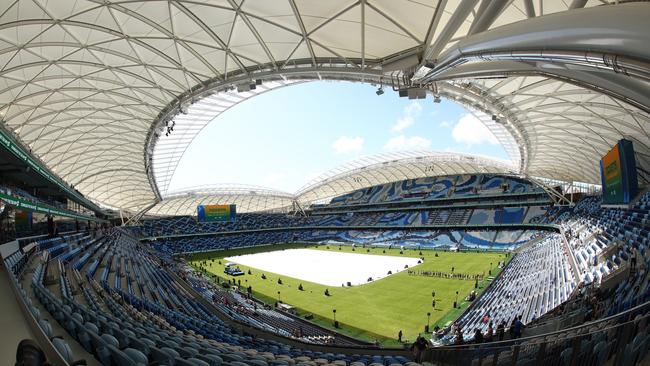
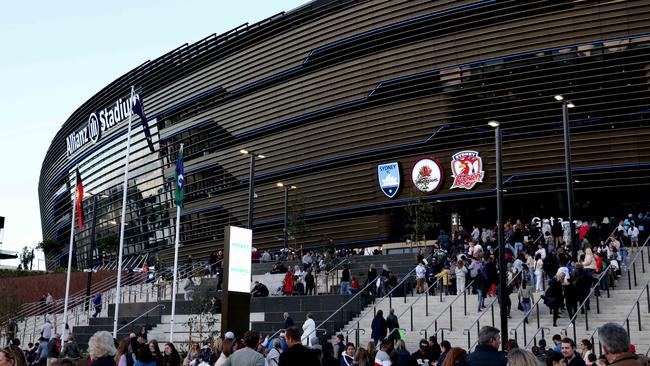
The hurdles continued when a local community group temporarily held up the development by attempting to block the project in court.
In 2019, original contractor Lendlease pulled out of the rebuild due to costs – more than a year after the original stadium had been torn down.
Mr Perrottet said the redevelopment had been a “long process” but said the facility was now “the envy of the world”.
“Now while it was controversial at the time, we lost a lot of political skin, (but) I don’t think that’s the case today and the fact so many people are coming through for the family open day, to me demonstrates what a success this is,” he said.
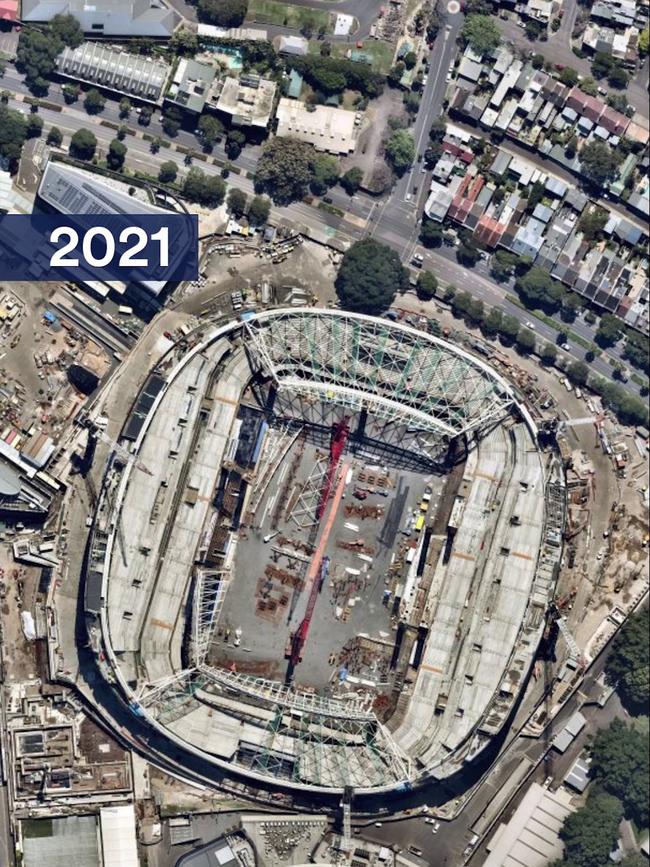
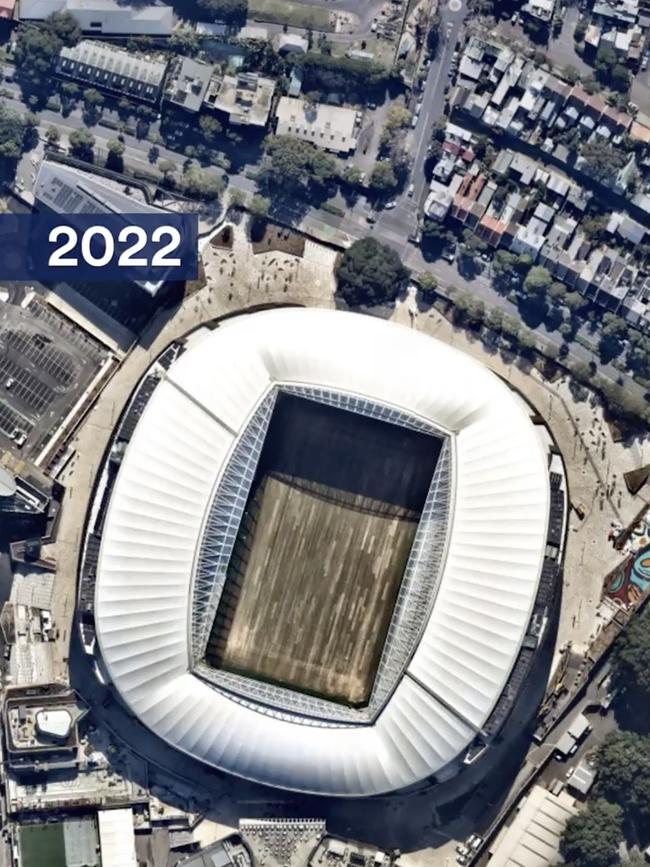
The state government said the need for the rebuild was driven by assessments of the former stadium which deemed it “past use by date in terms of safety, and patron convenience and comfort”.
The new venue includes a range of bars and expanded food offerings served by Merivale chefs.
There are also modern bathroom facilities including an increase in female facilities and more than 500 wheelchair and companion-accessible seats.
Joe Barr – chief executive of John Holland which was contracted to rebuild the stadium – said the task of completing the facility on time had involved a combination of teamwork, innovation and dedication.
“Every big infrastructure project faces challenges; it’s unavoidable. But this one was delivered through one choking summer of bushfires, two years of global pandemic lockdowns and supply chain interruptions, a two-week construction shutdown just as we reached the busiest phase of the job and of course regular deluges of flooding rain,” he said.
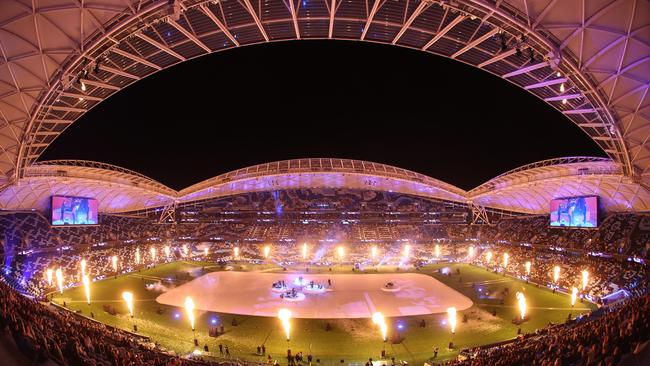

Venues NSW chairman Tony Shepherd hopes the facility will cement Sydney’s reputation as a major sporting capital.
“We had to get up to scratch with these world class venues and their facilities. To be internationally competitive we had to lift our standards,” he said.
“And that’s what we’ve done with this new stadium.”
A NRL Sydney Roosters v South Sydney Rabbitohs and NRLW Sydney Roosters v St George Illawarra Dragons game will christen the venue this Friday followed by a Wallabies and Springboks showdown on Saturday.
A Nearmap spokesman, which provided the high-resolution aerial images, said the pictures present a unique perspective.
“The company provides organisations with high-resolution aerial imagery, city-scale 3D content, and artificial intelligence data sets to assist with urban planning, monitoring and development projects in Australia, New Zealand, and North America” he said.





